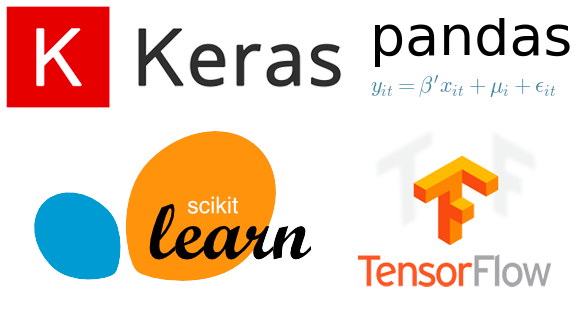How to do Fashion MNIST image classification using LightGBM in Python

Fashion MNIST is a dataset of images of clothing items, such as shirts, pants, and sneakers, with the goal of training models to recognize and classify them. One popular method for image classification is using LightGBM, a gradient boosting library that is designed to be efficient and high-performance. The process of using LightGBM for image classification on the Fashion MNIST dataset can be broken down into several steps.
The first step is to import the Fashion MNIST dataset and preprocess the data. This includes splitting the data into training and testing sets, reshaping the images from 28×28 pixels to 1D arrays, and scaling the pixel values to between 0 and 1.
Next, you will need to define the LightGBM model. LightGBM is a tree-based model, which means it uses decision trees to make predictions. You can use the LGBMClassifier class in the LightGBM library to define the model. You will also need to choose the model’s parameters such as the number of trees, the maximum depth of the trees, and the learning rate.
After defining the model, you will need to train it on the training data. This is done by passing the training data and the target labels to the model’s fit method.
Once the model is trained, you can evaluate its performance on the test set by passing the test data to the model’s predict method. Evaluation metrics such as accuracy, precision, recall, and F1 score can be used to measure the performance of the model.
If the accuracy is not satisfactory, you can try changing the model’s parameters to improve the performance. You can also try using different techniques such as cross-validation to ensure that the model is generalizing well and not overfitting the training data.
Once you have found the best model, you can use it to classify new images. To do this, you will need to input the image into the model, and the model will output the predicted class, which could be one of the ten classes in the Fashion MNIST dataset.
It’s worth mentioning that, in addition to the above steps, it’s also important to use Cross-Validation techniques to make sure that the model is generalizing well and it’s not overfitting the training data. Cross-Validation is a statistical method used to evaluate the performance of the model on an independent data set. One popular method is K-Fold Cross-Validation, which divides the data into k subsets and uses k-1 subsets for training and the remaining subset for testing. This process is repeated k times, and the performance of the model is averaged over all k iterations.
In summary, classifying images from the Fashion MNIST dataset using LightGBM in Python involves importing the dataset, preprocessing the data, defining the LightGBM model, choosing the model’s parameters, training the model on the training data, evaluating the model’s performance on the test set, and using the best model to classify new images. Additionally, using Cross-Validation techniques and preventing overfitting are important steps to make sure that the model generalizes well. The goal of this experiment is to train a model that can classify images from the Fashion MNIST dataset with a high level of accuracy. LightGBM is known for its efficiency in handling large datasets and high-dimensional features, which makes it a great choice for image classification tasks.
End-to-End Coding Recipes
Disclaimer: The information and code presented within this recipe/tutorial is only for educational and coaching purposes for beginners and developers. Anyone can practice and apply the recipe/tutorial presented here, but the reader is taking full responsibility for his/her actions. The author (content curator) of this recipe (code / program) has made every effort to ensure the accuracy of the information was correct at time of publication. The author (content curator) does not assume and hereby disclaims any liability to any party for any loss, damage, or disruption caused by errors or omissions, whether such errors or omissions result from accident, negligence, or any other cause. The information presented here could also be found in public knowledge domains.
Learn by Coding: v-Tutorials on Applied Machine Learning and Data Science for Beginners
Latest end-to-end Learn by Coding Projects (Jupyter Notebooks) in Python and R:
Applied Statistics with R for Beginners and Business Professionals
Data Science and Machine Learning Projects in Python: Tabular Data Analytics
Data Science and Machine Learning Projects in R: Tabular Data Analytics
Python Machine Learning & Data Science Recipes: Learn by Coding
How to do Fashion MNIST image classification using Xgboost in Python
How to do Fashion MNIST image classification using GradientBoosting in Python